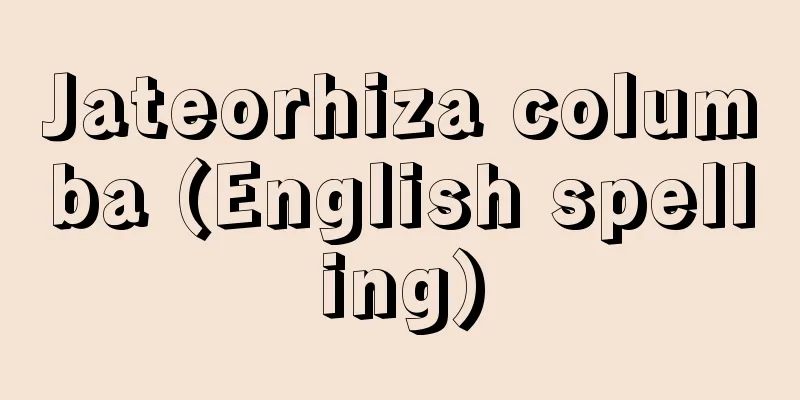Kaihoku faction

|
Kaihoku Yusho was the founder of this school of painting, which continued from the Azuchi-Momoyama period to the Meiji Restoration. Its lineage still exists today. In the past, Yusho was considered to be a solitary warrior painter, and there was little doubt as to whether he actually formed a school or devoted himself to school activities. However, in recent years, artists such as Tetsuzan Toryu, Shinzen Shotoku, and Masuda Yuhaku have been introduced as artists who excelled in Yusho-like portraits, and this issue is being re-examined. However, at present, there are no documents that specifically narrate the teacher-student relationship or factional cooperation between these artists and Yusho, and this will have to wait for further investigation. However, Yusho's son Yusetsu, who lived in his later years, was a successor to his artistic career. For a time, he called himself Odani Chuzaemon and made a living as an "artist," a rank lower than professional artists such as Tosa and Kano. Later, with the support of Kasuga no Tsubone (daughter of Tomomatsu's close friend, Saito Toshimitsu), he revived the Kaihoku family and was so active that he participated in the production of sliding door paintings for the Imperial Palace. However, his works were not unique enough to claim originality, and many of them were in keeping with the Edo Kano style. From this time on, the Kaihoku family continued their art up until the Meiji period, with Tomotake, Yusen, Yuzo, Tomonori, and Yusho, but they retained the character of town artists to a large extent until the end. [Satoru Sakakibara] [Reference] |©Shogakukan "> Kaihoku School / Kaihoku Family Tree Source: Shogakukan Encyclopedia Nipponica About Encyclopedia Nipponica Information | Legend |
|
海北友松(ゆうしょう)を祖とし、安土(あづち)桃山時代より明治維新に至るまで続いた画派。その家系は現在も存続する。従来、友松を孤高の武人画家と解すあまり、はたして彼が一派を結成して流派活動に励んだかどうか否定的であったが、近年、友松様の人物画に長じた画人として鉄山東流や神前松徳(しんぜんしょうとく)、増田友柏(ゆうはく)などが紹介されたため、この問題は改めて俎上(そじょう)にのせられつつある。しかし、現状では、彼らと友松との師承関係や派閥的協調関係を具体的に物語る資料が見当たらず、これについてはなお今後の検討にまつべきであろう。もっとも友松の画業の後継者には、晩年の子友雪(ゆうせつ)がいる。彼は一時期小谷忠左衛門と称し、土佐、狩野(かのう)といった専門絵師より一段低い「絵屋」をなりわいとする生活を送っていた。それが後年、春日局(かすがのつぼね)(友松の親友・斎藤利三(としみつ)の娘)の引き立てにより海北家を再興、禁裏の襖絵(ふすまえ)制作にも参加するほどに活躍した。しかし、その作品は独自性を主張するほど個性的でもなく、江戸狩野様式にかなったものが多い。これ以後海北家は、友竹―友泉―友三―友徳―友樵(ゆうしょう)と、明治まで画業を継承するが、最後まで多分に町絵師的性格を保持していた。 [榊原 悟] [参照項目] |©Shogakukan"> 海北派/海北家系図 出典 小学館 日本大百科全書(ニッポニカ)日本大百科全書(ニッポニカ)について 情報 | 凡例 |
Recommend
Köprülü family - Köprülü
This was a distinguished family that produced many...
Enmei-in Nichido
1764?-1803 A monk from the mid to late Edo period...
Blue-tailed butterflies - Blue-tailed butterflies
...Adults are sometimes recorded as vagrants in t...
natural philosopher
...Thus, it became possible to systematically tra...
Mirror Making Department
The name of a group of craftsmen who engaged in t...
Dukars
French composer. Also known as Dukas. He studied a...
Ateshidoshuji - Ateshidoshuji
... refers to staff members of the Board of Educa...
Belgica Secunda (English spelling)
…Caesar speaks of the Belgae's bravery, but t...
Basilan Island (English spelling)
Located in the southern Philippines, at the northe...
Zen Hodoji
Year of death: September 16, 1868 (October 31, 186...
Ochozu - Water basin
〘Noun〙 ("o" is a prefix)① To wash the ha...
Sengstaken-Blakemore tube (English)
...Transfusions are continued until blood pressur...
ME (Medicine)
...This refers to electronic devices used in the ...
Seto Creasea - Seto Creasea
A perennial plant of the Commelinaceae family (AP...
Kanbo - meditation
In Buddhism, observing the Dharma (truth) in orde...









